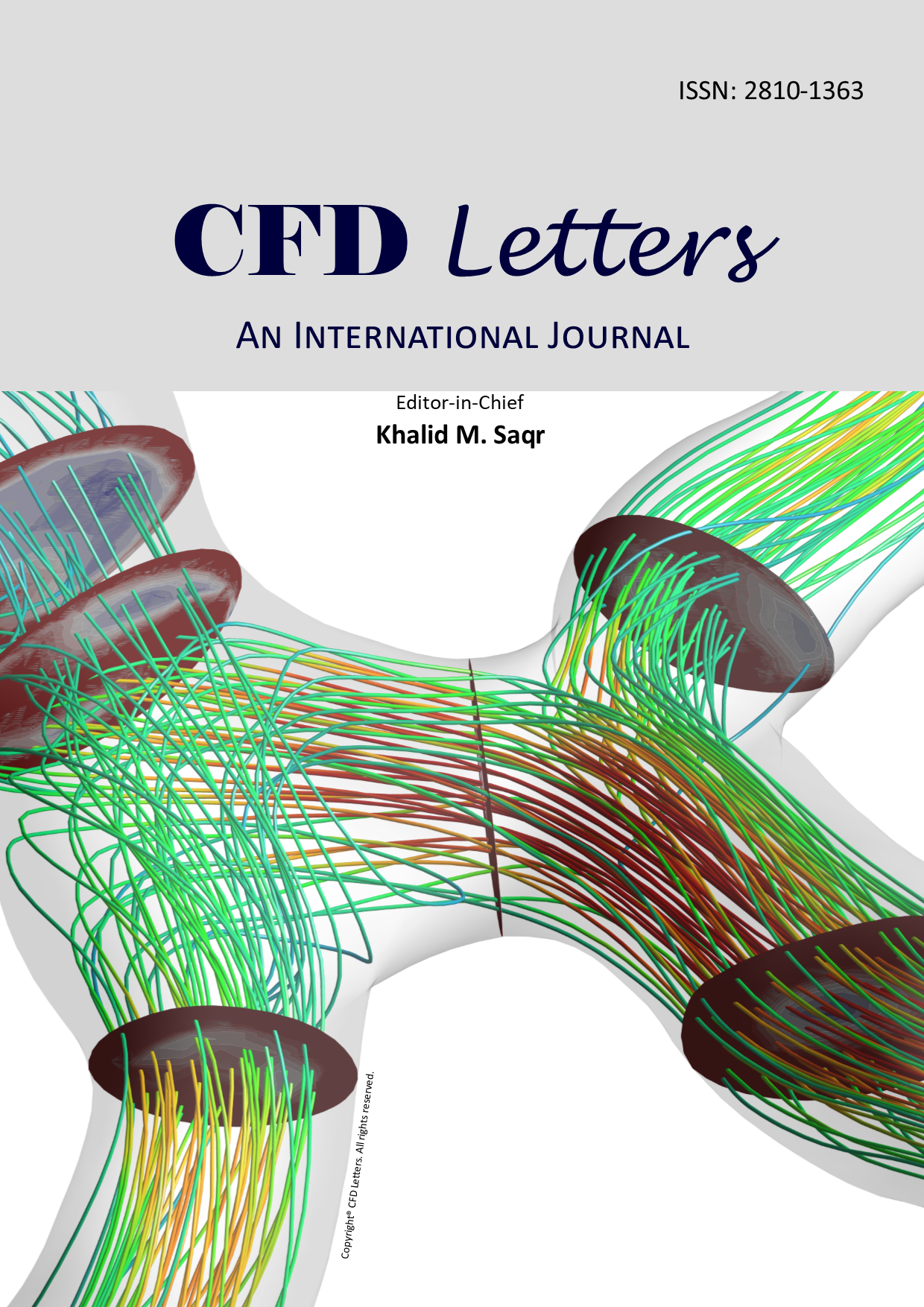Indoor Thermal Performance Analysis of Vegetated Wall based on CFD Simulation
Keywords:
CFD simulation, building model, indoor thermal performance, vegetated wallAbstract
In tropical countries, cooling loads have become the largest energy consumption in many buildings. The increase of thermal resistance of the building envelope surfaces will reduce the thermal losses and in that way it improves the thermal indoor climate. Vertical greenery systems have been considered as one of the design trends in the field of architectural and construction for increasing building thermal performance. However, the record of such study is very much limited especially in assessing its performance and also to consider the use of CFD Simulation as validation purpose. This study discussed on the effect of vegetated wall to improve building thermal performance. A CFD Simulation was conducted to assess the effects of vegetated wall on the indoor thermal performance of a building model by setting the thermal properties of vegetated wall. Results of data simulation was compared to data from field measurement. Based on CFD Simulation showed the interior surface temperature of bare wall model was dominant in the range between 28.0°C to 32.2°C. While the lower result showed by vegetated façade with 28.0°C-28.5°C. In the field data measurement, the overall room temperatures in the model with vegetated wall are in the range between 23.0°C to 24.7°C. As for bare wall model, the distribution of indoor temperatures is 26.4°C to 30.2°C. According to the horizontal and vertical distribution of indoor thermal environment, it shows that both interior surface temperature and indoor temperature of building model was much lower after greenery applied. The function of vegetated wall can reduce indoor temperature by 1.7°C, played a natural cooling effect for the room. Through CFD simulation, bare wall had a greater potential for increasing temperature through the building façade. The role of vegetated wall gives significant effect in cooling and insulation of building.













